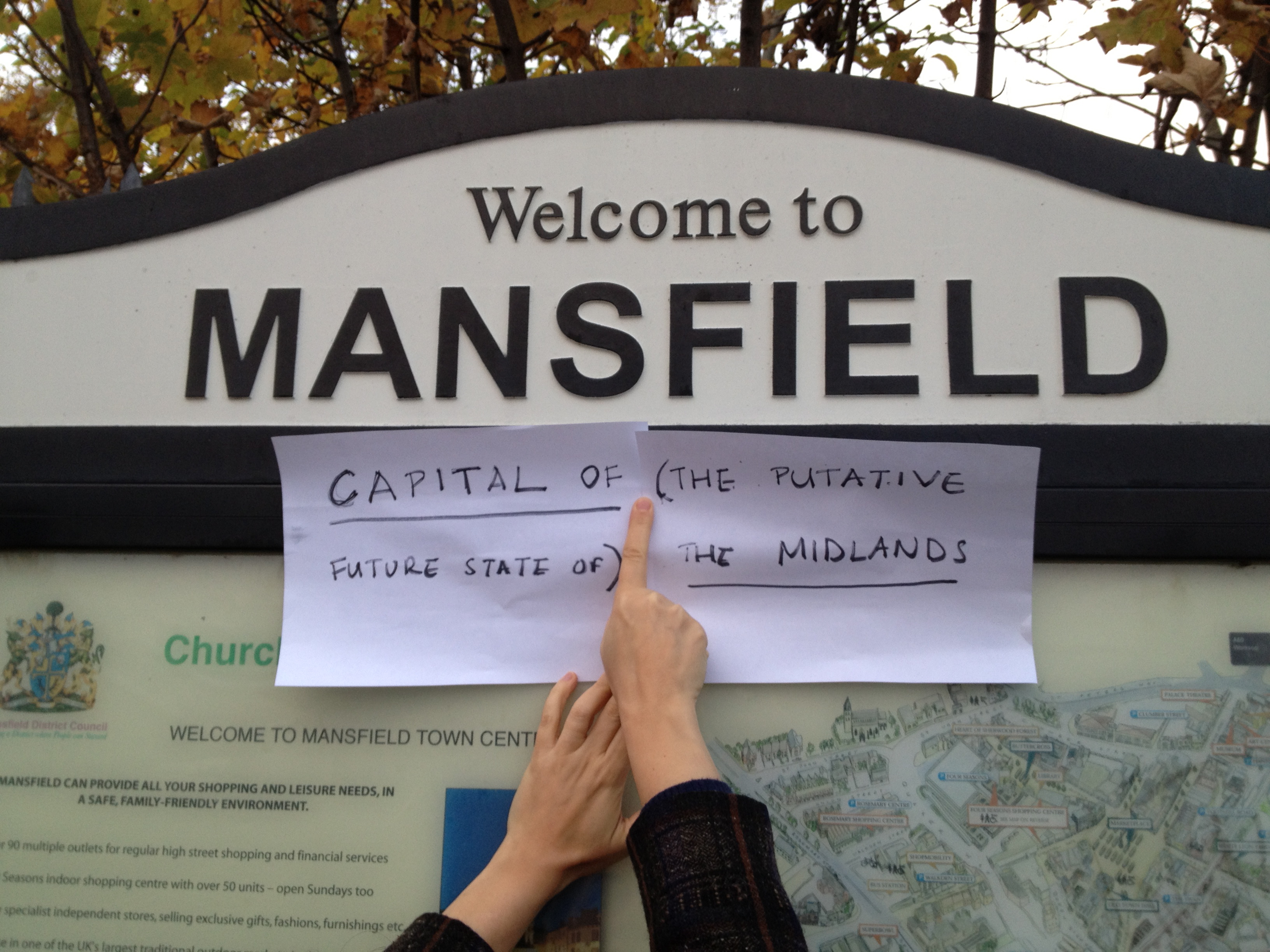Join us at 8 pm on 27 February for this year’s National Midlands Week, a celebration in the spirit of the Lunar Society. There will be a very special guest appearance from the Moon
How are your plans looking for 2021 – a bit patchy and provisional? Already missing the June Glastonbury mud? Keeping your fingers crossed that a Covid variant doesn’t blight the Chelsea Flower Show in the autumn too? Never fear, there’s one celebration that is absolutely pandemic-proof and to which everyone is invited. You won’t even have to wear a mask.
As sure as the sun will rise and set on 27 February, so on that day at 8pm precisely will take place the sixth National Midlands Week – highly compressed, it will only last a few hours; Midlanders are busy people and don’t like to waste time. Millions will be welcome to participate, whether the virus is in abeyance or not.
Before we get on to the precise nature of this year’s celebrations, some might want to ask: why do we need a National Midlands Week in the first place? The inaugural celebration, in 2016, was held to accompany a week-long series on BBC Radio 4 which set out to tell the country’s story as seen from the middle. This doesn’t happen often: the truth is that the Midlands rarely gets to offer its perspective on national matters. English politics, like its historiography, is dominated by the idea of the North/South divide, in which the North is cast as the rebellious outrider to the establishmentarian South; Westminster v Peterloo; Southern toff and Leader of the House Jacob Rees-Mogg in pinstripe v ‘King of the North’ Manchester mayor Andy Burnham looking like a member of New Order. Where does that leave the millions of us trapped between the two great self-mythologising power blocs of the South and North? Stuck in the middle and largely overlooked in the Midlands, that’s where.
The linguistic associations of the word ‘Midlands’ are generally unalluring: fair-to-middling, middle management, middlebrow, midlife crisis… All of which makes the Midlands surprisingly voguish at the moment: whether you live in the North, South, East or West, the last year has been very Midlands-ish for everyone. We’ve all been stuck in the middle of the pandemic. Life has been middling at best. In that respect, we are all Midlanders now.
We’ve all been stuck in the middle of the pandemic. Life has been middling at best. In that respect, we are all Midlanders now.
So that makes this year’s National Midlands Week a perfect opportunity to extend an invitation to a wider range of people than ever before to share in the Midlands experience. Since we are all Midlanders now, we should all bask in the glow of National Midlands Week. And despite those unfortunate lexical ligatures, the Midlands has an exciting history to share. We could talk about the Great Reform Act of 1832’s roots in Birmingham’s ‘workshop democracy’, about the East Midlands outlaw mentality of Robin Hood and DH Lawrence, about the invention of Britart at Creswell Crags 15,000 years ago, about the glories of Bakewell tart… But this year we will be focusing instead on the eighteenth-century Lunar Society.
The story of the Lunar Society has a fairytale ring about it. Once a month, on the Sunday nearest the full moon, the members of the Society – assorted Midland entrepreneurs, enthusiasts and inventors – gathered at one of a series of locations in and around Birmingham. This particular point in the lunar cycle – which gave the group its name – was chosen to ensure that members had as much light as possible to travel home by afterwards; this all happened before the introduction of street lights. Matthew Boulton, the greatest of all Birmingham entrepreneurs, was the central figure, and one of the places where they met was Boulton’s Soho House, which was the scene for the development of so many of the innovations and inventions that drove the Industrial Revolution. It was at the Soho Foundry that James Watt’s revolutionary improved steam engines were manufactured. You can say, without a hint of overstatement, that Birmingham’s Soho changed the world.
The Lunar Society counted among its members many of the most innovative thinkers of a particularly innovative age: not just Boulton and Watt, but the great chemist and freethinker Joseph Priestley, Erasmus Darwin, Josiah Wedgwood. This collection of scientific and humanitarian progressives gathered once a month under the light of the Moon, to dream of a better world and laboured towards its material and spiritual improvement. To take the achievements of just one ‘Lunartick’, as the society’s members were dubbed: Erasmus Darwin – grandfather (with Wedgwood) to Charles, evolutionist and author of On the Origin of the Species – was a doctor who turned down an offer to be physician to King George III in order to have more time for his local patients, not to mention his inventions: for instance, a revolutionary steering mechanism designed to make carriage travel safer that would be adopted in car manufacture over a century later, a copying machine, a speaking machine and even plans for a rocket engine – a first sketch towards the kind of craft that would carry humans to the surface of the Moon in 1969.
Two years ago the principal National Midlands Week celebration took the form of a football match designed to evoke the sensation of what it feels like to be a Midlander. The game was played entirely in the middle of the pitch, with everyone – goalies, defenders, strikers – confined to the centre circle, and the ball declared out of play if it strayed anywhere near either of the goal mouths. The outcome: an entirely predictable nil-nil draw. It made for a very middling (a Midlands dialect word meaning ‘satisfying’) spectacle.
This year will be different. Participants will be given a single, simple instruction: go to a window and look up. Look up and take in the wonder of the full Moon – there will be a full Moon on 27 February – and, while you’re doing so, think about the Lunarticks, those progressive spirits who, two and a half centuries ago, met in the unheralded, out-of-the-way Midlands to plot the improvement of the lives of their fellow women and men, and to innovate in ways that would eventually carry us from the Midlands to the Moon. If they could do that, we can surely conquer Covid and start to gather innocently again in the mud at Glastonbury or amid the blooms at Chelsea. Always look up.
Always look up.
 What is #NationalMidlandsWeek?
What is #NationalMidlandsWeek?
